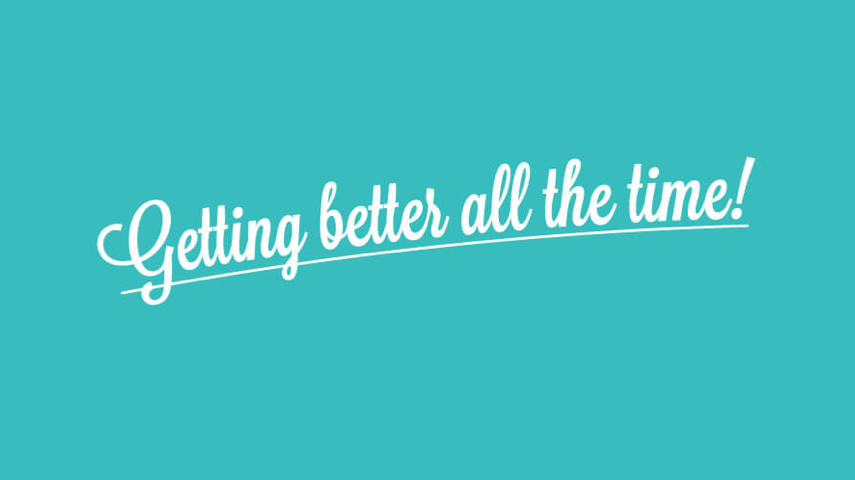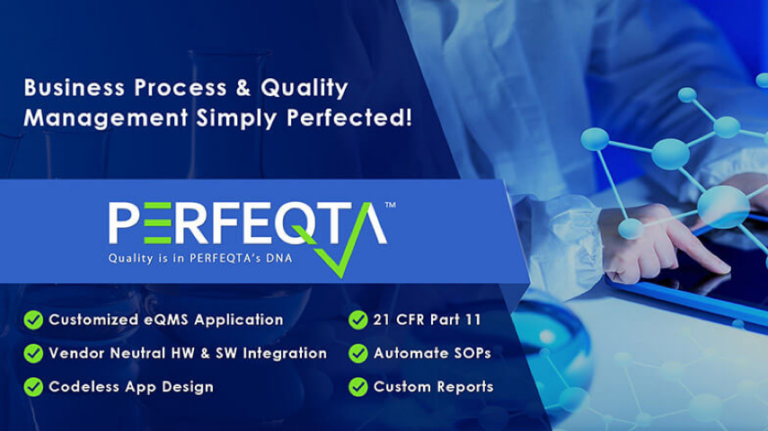Getting Better All the Time – My Take on Continuous Improvement


What if you could make innovation and advancement an integral part of your process? The concept of improving results and performance on a continual basis is universally recognized as a great idea. Doing it is another matter. First off, in order to improve continuously, you have to improve initially. Sometimes it’s easy to see the flaws, but most of the time, it’s not. That’s why business results are often an assortment of taking two steps forward, one step back, sometimes better, sometimes worse. This is due to solutions being applied that are more or less a band-aid within different departments of a company. A solution will be applied, yet it only fixes one particular problem or worse covers up an even bigger problem.
Managers and employees are often focused on whether they’re going to meet their monthly or quarterly targets and deadlines. It can be very difficult to prioritize improvements that will only make an impact in the long term and seem to require an upfront investment to implement. As a result, continuous improvement is as much about mindset as it is about actions. The company needs to start looking at the long-term impact of the work it is doing and understand that a quarterly dip in performance can be tolerated if it means that in the long term, the company is in a better position – both financially and in terms of its ability to deliver outstanding products and services to its customers. Simply stated, the goal and outcome are better than remaining inactive. Continuous improvement is more about progressing through processes with anticipated outcomes based on prosperity for the whole mission and less about one giant leap applied to one sub-process within a department.
It has been discussed how every company has its own processes and within those processes, there are sub-processes for each department and it keeps being broken down from there. Yet, within each of these different departments and sub-processes, you will find the areas of improvement and where action needs to be taken. This method is lacking though. To truly improve, you need to break the previous method of having multiple different processes. This method leads to too many open variables where a defect or risk might occur. The purpose of a continuous improvement program is the identification, reduction, and elimination of suboptimal processes. Integrating all of the processes into one single connected platform that all of the departments can use would improve teamwork, reduce defects, and allow for a seamless flow of processes and data. This is one of the most important uses of software today. Innovative software platforms provide a comprehensive and connected system that effectively merges people, processes, and technology.
Successful continuous improvement requires a dual focus at both an organizational and individual level. Thus, a process is necessary to engage in the individual role of an employee, yet can be used overall for the whole company. This leads to a self-reflection at the individual employee level, as well as an overall reflection of the organization. To have a completely integrated mindset of continuous improvement within your company, it has to be flexible to reach all levels and meet each department’s needs. When employees can see how their seemingly isolated tasks fit into the overall improvement agenda of the organization, they stay engaged in the process. Engaged employees tend to be more productive because they are more vested in the project. Through a sense of ownership of the work at the individual level and the recognition of opportunities for improvement at multiple levels, through earlier identification due to connected technologies and departments, the fabric of the organization inevitably becomes stronger resulting in a higher quality outcome.
Originally posted to LinkedIn on March 23, 2017 – To view the original post click here






